What is Carbon Sequestration?
Carbon sequestration secures carbon dioxide to prevent it from entering the Earth’s atmosphere. The idea is to stabilize carbon in solid and dissolved forms so that it doesn’t cause the atmosphere to warm. The process shows tremendous promise for reducing the human “carbon footprint.” There are two main types of carbon sequestration: biological and geological.
What is Carbon?

In many ways, carbon is life. A chemical element, like hydrogen or nitrogen, carbon is a basic building block of biomolecules. It exists on Earth in solid, dissolved and gaseous forms. For example, carbon is in graphite and diamond, but can also combine with oxygen molecules to form gaseous carbon dioxide (CO2).
Carbon dioxide is a heat trapping gas produced both in nature and by human activities. Man-made carbon dioxide can come from burning coal, natural gas and oil to produce energy. Biologic carbon dioxide can come from decomposing organic matter, forest fires and other land use changes.
The build-up of carbon dioxide and other ‘greenhouse gases’ in the atmosphere can trap heat and contribute to climate change.
Learning how to capture and store carbon dioxide is one way scientists want to defer the effects of warming in the atmosphere. This practice is now viewed by the scientific community as an essential part of solving climate change.
Types of Carbon Sequestration
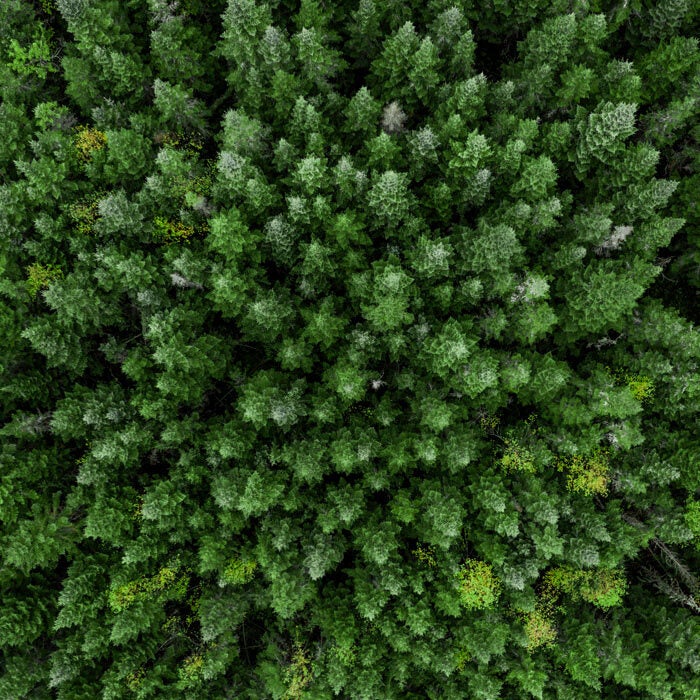
Biological Carbon Sequestration
Biological carbon sequestration is the storage of carbon dioxide in vegetation such as grasslands or forests, as well as in soils and oceans.
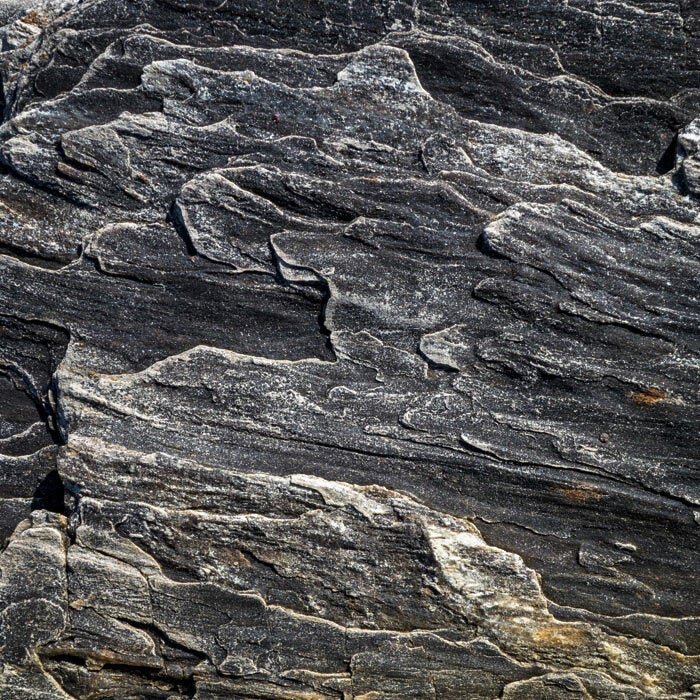
Geological Carbon Sequestration
Geological carbon sequestration is the process of storing carbon dioxide in underground geologic formations, or rocks. Typically, carbon dioxide is captured from an industrial source, such as steel or cement production, or an energy-related source, such as a power plant or natural gas processing facility and injected into porous rocks for long-term storage.
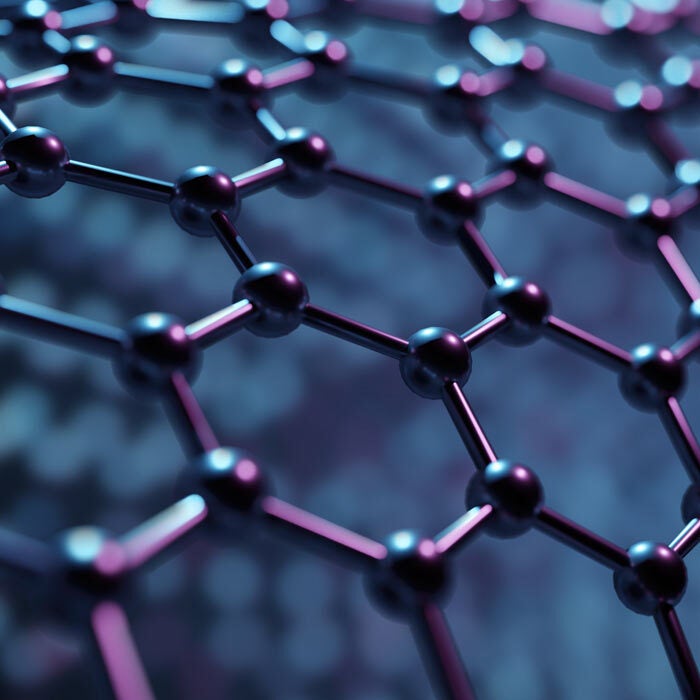
Technological Carbon Sequestration
Scientists are exploring new ways to remove and store carbon from the atmosphere using innovative technologies. Researchers are also starting to look beyond removal of carbon dioxide and are now looking at more ways it can be used as a resource.
Sequestration Facts
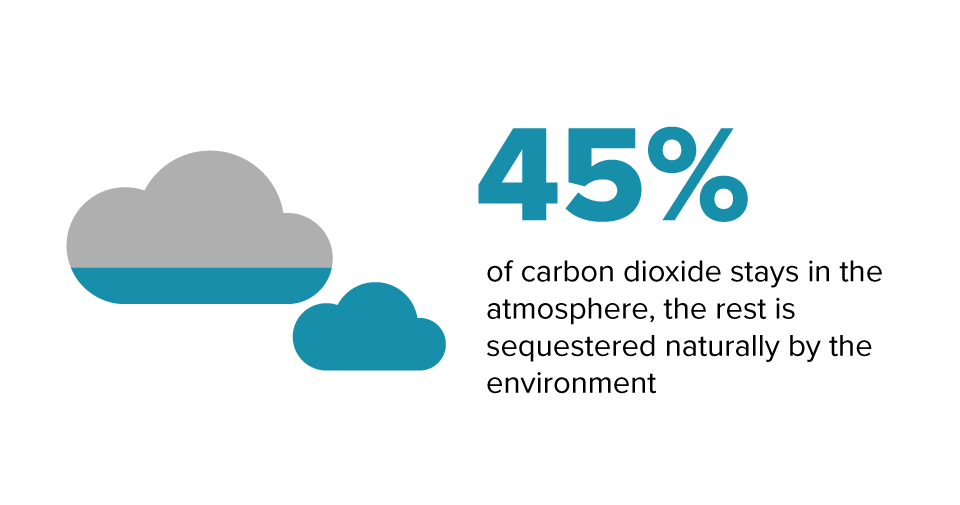
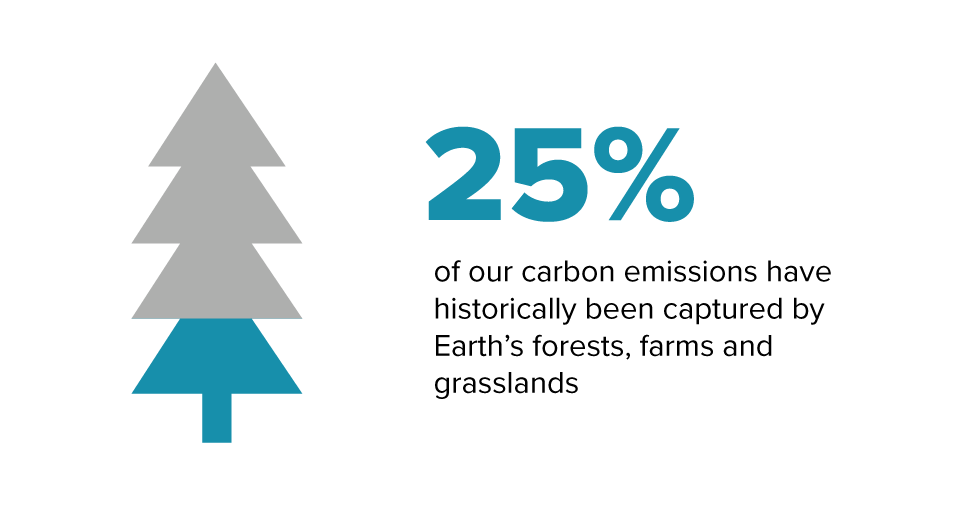
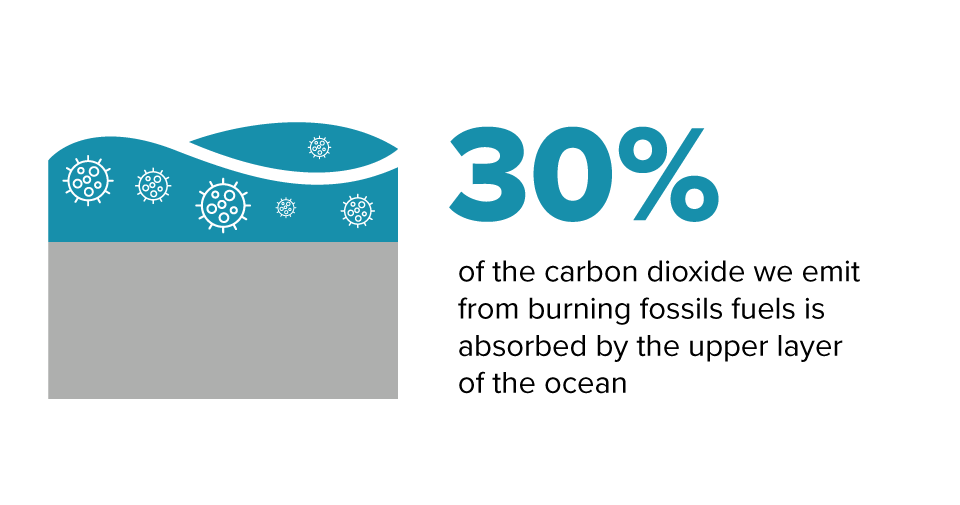
The Future of Carbon Sequestration

Scientists are exploring new ways to remove and store carbon from the atmosphere using innovative technologies. Researchers are also starting to look beyond removal of carbon dioxide and are now looking at more ways it can be used as a resource.
Graphene production: The use of carbon dioxide as a raw material to produce graphene, a technological material. Graphene is used to create screens for smart phones and other tech devices. Graphene production is limited to specific industries but is an example of how carbon dioxide can be used as a resource and a solution in reducing emissions from the atmosphere.
Impacts of Carbon Sequestration
- About 25% of our carbon emissions have historically been captured by Earth’s forests, farms and grasslands. Scientists and land managers are working to keep landscapes vegetated and soil hydrated for plants to grow and sequester carbon.
- As much as 30% of the carbon dioxide we emit from burning fossils fuels is absorbed by the upper layer of the ocean. But this raises the water’s acidity, and ocean acidification makes it harder for marine animals to build their shells. Scientists and the fishing industry are taking proactive steps to monitor the changes from carbon sequestration and adapt fishing practices.